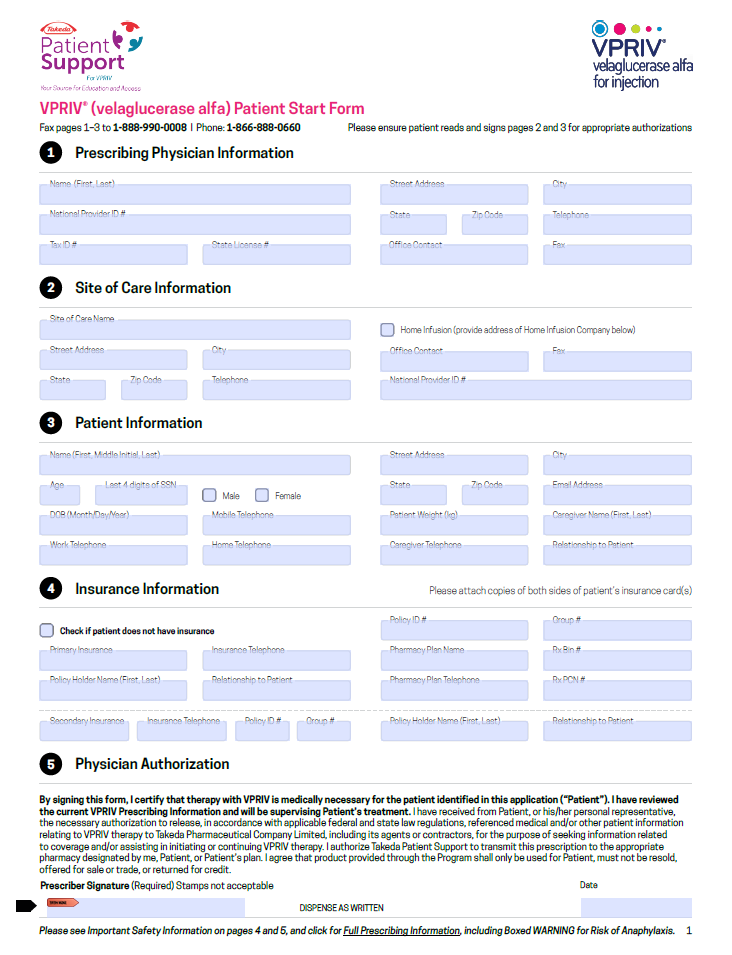Natasha was diagnosed as a teenager. After weighing the benefits
and risks of various treatment options, together with her parents
and her doctor, Natasha chose to start VPRIV.
When Natasha was 29 years old, she was eager to have her first child. Before
becoming pregnant, she spoke to her doctor to discuss her pregnancy plan. Her
doctor did not discourage her from considering pregnancy, and together, they
ensured her type 1 Gaucher disease symptoms were brought under control to
reduce the risk of possible complications during pregnancy, delivery, and
postpartum.6,7
During her pregnancy, Natasha developed new symptoms; her hemoglobin and
thrombocyte levels dropped.7 As part of her birth plan, her doctor adjusted her
VPRIV dose to support her therapeutic goals.2 Her doctor arranged for her to give
birth in a center where she had access to blood transfusions in case of postpartum
symptoms.7 Natasha delivered a healthy baby. Natasha’s experience is her own and
not every patient’s experience will be the same.
consider
- Existing symptoms such as anemia and thrombocytopenia can be exacerbated, and new symptoms can develop, during pregnancy, which can increase the risk of complications such as bleeding6,7
- Real-world data in over 300 pregnancies have not identified an association with major birth defects, miscarriage, or adverse maternal or fetal outcomes†2,5
- Available data cannot definitively establish or exclude the absence of a VPRIV-associated risk during pregnancy2
†While available data cannot definitively establish or exclude the absence of a VPRIV-associated risk during pregnancy, these data have not identified an association with the use of VPRIV during pregnancy and major birth defects, miscarriage, or adverse maternal or fetal outcomes2,5
- Additional information on the use of VPRIV in pregnant patients with type 1 Gaucher disease can be found in the Prescribing Information, and further information on Gaucher disease during pregnancy can be found in VPRIV Resources
CLICK ON EACH PATIENT BELOW TO READ THEIR STORY†:
Patient MATEO College
Student ALISON Patient
Preference DONNA Other Medical
Considerations MICHAEL Delayed
Diagnosis JOHN Geriatric
Patient
†These are hypothetical patient profiles intended to represent patients with type 1 Gaucher disease
LOOKING TO START YOUR PATIENTS ON VPRIV?
Complete a VPRIV Start Form via the portal or download
one and fill it in with your patients.
Please contact
Takeda Patient Support at 1-866-888-0660 with any questions.


Summary of VPRIV, an ERT for type 1 Gaucher disease



